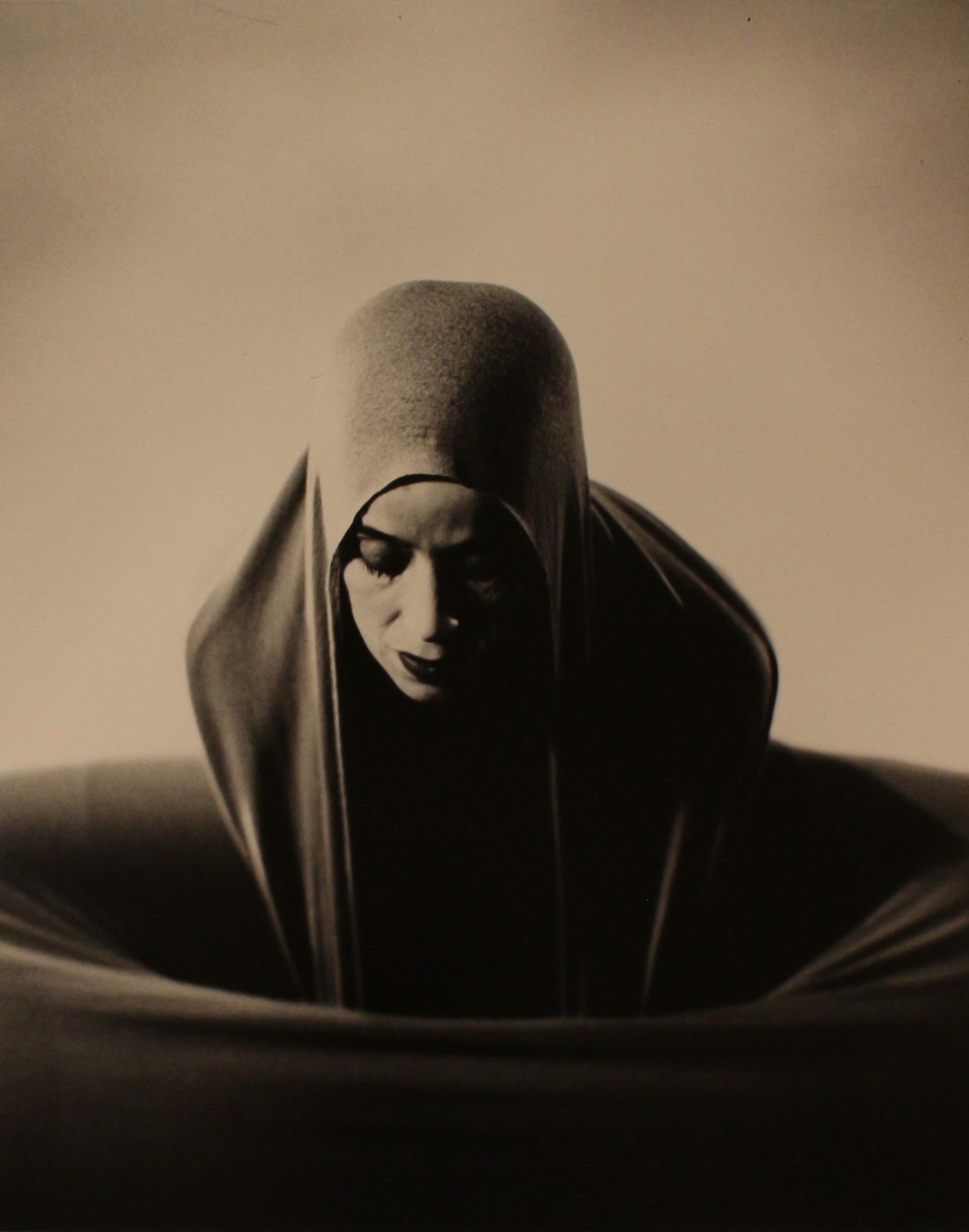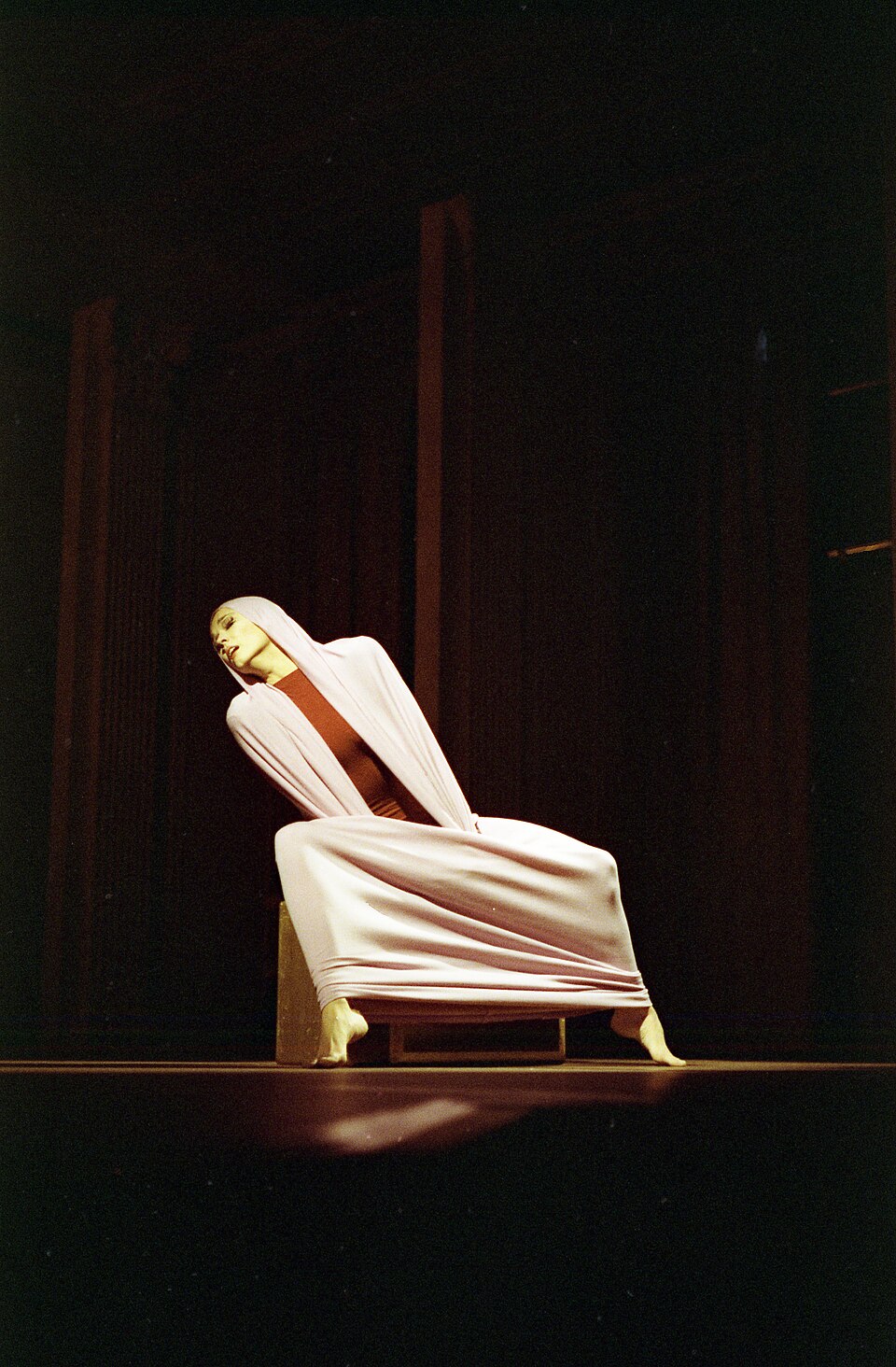Dancing as a Course of Action: How Dance Reflects on Historical Events in 20th Century History
Most people view dance solely as a form of entertainment. It is viewed in a way that presents dancers as entertainers and does not recognize the artistry in them. Dancers should be seen as artists, not just entertainers, and in fact, early modern dance was created as a platform for dancers to reflect on current historical events. Modern dance provided an outlet for emotions, artistry, and current events to collide in a brilliant way. One modern dance pioneer who did this in an extraordinary way was the founder of the Graham technique, Martha Graham. Graham was known for choreographing works of art that drew current events in history, so that it may deeply relate to the public when her pieces were performed. Graham wanted to stray away from the ridged ways of ballet, and develop art that is raw, unique, and reflects the human soul. She did not want her pieces to have a race, gender, or specific look. She desired to produce an art form that everyone, even at their time of greatest suffering, can find comfort in.
Martha Graham’s specific piece titled Lamentation premiered in New York City on January 8, 1930. Lamentation (video) was a piece that was hard to identify what it was about and why she had choreographed it. The work features a single performer enclosed in a large sheet of fabric who does not appear to be human, but also not animal, and cannot be identified as either man or woman. When the dancer performs the piece, they are struggling against the material, trapped within its folds. It develops an image of a living sculpture, and it was later revealed that the piece is about grief. Some specific movements from the piece that convey this phenomenon are when she repetitively covers her face with her right forearm. The repetition of that movement symbolizes the constant grief that people during the Depression carried with them. It can also be a symbol of the shame that was put upon them when families sought relief during their poverty.
There are also other very beautiful moments when she sharply contracted from her pelvis and bent over her body which accurately represents how people feel when they are suffering from grief. Toward the end of the piece, she contracted very slowly, depicting how grief can change intensity quickly. This contrasts from the beginning of the piece when her contractions were sharper instead of fluid. Her contractions in the choreography show that the characteristics of grief are not universal. They are purely individualized. She had presented the dancer as an unidentified entity because she did not want grief to have a label. She wanted the focus to be on raw grief itself, with no identity attached. Graham’s intent was to capture grief so that the audience could reflect on their own grief. After a performance, Graham emphasized that a woman came up to her and said that her piece assisted her in grieving the loss of her son. She realized that she had nothing to be ashamed of and that it was an occurrence that should be normalized.
A variety of Graham’s pieces revolved around major historical events that occurred during her time as a choreographer. Her main goal was to relate human emotions, so she choreographed her pieces in relation to events that many people felt strong emotions from. For example, her piece titled Chronicle was a protest of the Spanish Civil War and the rise of fascism. Lamentation was premiered in 1930, a year after the Stock Market crash that led the country to enter the Great Depression. This massive impact of the Great Depression and the New Deal were seismic events in American history that provided the optimal breeding ground for a radical approach to dance.[1] The Great Depression provoked feelings of intense grief as people lost everything, jobs, money, food, and houses.
Many people experienced depression themselves and had families who were experiencing it as well. Husbands deserted their wives and children, and people did not know what it was like when a woman’s husband was out of work, a woman told a reporter. He was gloomy and unhappy all the time. Life is terrible.[2] Lamentation was meant to assist people in their grieving processes, and to let them know that their grief is as valid as they need it to be. The performer, trapped in their own skin, desperately tries to free themselves by pushing the fabric in all directions just to be pushed right back to where they started. This movement effectively touches upon the feeling of being trapped in unemployment, homelessness, and starvation. People during the depression related to the performer’s desperateness in many ways. Desperate conditions made for desperate people. Crime soared and so did prostitution.[2] They felt that there was no way out.
Even through all the struggles, the audiences that came to these performances played a tremendous role in keeping modern dance alive during the Great Depression from 1929 through 1939.[3] Shame and humility ricocheted through families for going on relief. As a result, many families just went hungry to avoid that humiliation. The sense of shame cut across class lines. In The Grapes of Wrath (1939), John Steinbeck’s powerful novel about the victims of the Depression, a poor but proud woman is disgraced by accepting “charity” from the Salvation Army.[4] In the performance of Lamentation, the performer displays a similar sense of shame. They hide in the fabric, continuously covering their face with their hands or the fabric. This represents the feeling of wanting to hide and suffer alone. Going to performances like Lamentation provided a way
Though the idea of grief is a transparent element of Lamentation, there are other elements that are not as obvious, but are still represented in the piece. The one element is feminism, and the other is modernism. A mining of influences that surround the changing cultural and social beliefs of and about women in the twentieth century follows and further contextualizes Graham’s potential position to feminism.[5] While Lamentation appeals to the grief that people felt during the Depression, it also contributes to the development of modernism and feminism in dance. By supporting the feminist movement, Graham suggests that she wants to bring truth to the surface about feminism and women.
In Lamentation, she was portrayed as grief-stricken, which is very unusual compared to the graceful and balletic manner woman were presented in. That is why modern dance was a critical part of modernism because it defied the social norms of having women being portrayed as always elegant or accompanied by a man. Since her intent was for the character in the piece to be presented as neither male nor female, she is combatting that idea that a man must always accompany a woman. Modernists rebelled against what they saw as repressive and conventional. It was an obstacle to artistic creativity and personal freedom, they believed, and they engaged in a relentless search for new modes of expression and behavior.[6] Feminism is rebelling against women being oppressed, and Graham as a modernist did just that. She paints the concept that women do not always have to be beautiful and delicate. They can be grief-stricken and unaccompanied by a man. Modernism and feminism are intricately woven into Graham’s piece Lamentation which breaks many boundaries in both the dance and political world.
Dance brings people together in ways that no other art form does. Dance gives people the power to express themselves through creativity and freedom of expression. Martha Graham’s work of art, Lamentation, specifically explores the idea that grief can look very different for everyone, and that there are no specific characteristics of grief. Her choreography accurately represents what happens to the human body during a time of grief. Her work of art also was able to bring people together as a community through her performances. People were able to connect through their shared grief as well as normalize grief, as it is a normal human emotion. Additionally, her stance on feminism allowed a radical change in the dance world, and also proved that Women’s Rights affected all areas of culture. Through this, she not only proved herself as a dance pioneer, but as a pioneer for all women regardless of whether they were dancers or not. Whether it is through shared grief during the Great Depression, or empowerment of women through rebellious and modernist interventions, dance never failed to unite communities of people regardless of their identity.
Footnotes
[1] Real, O.C. Feminist Discourse and American Identity in Modern Dance: Martha Graham and the Social Significance of the Female Dancing Body. Itamar 2023, no. 9 (January 1, 2023): 20–35. https://research.ebsco.com/linkprocessor/plink?id=e9e22efa-c66b-3579-870a-270a3dc3b787., Accessed October 28, 2025
[2] David, Shi, “The Great Depression and the New Deal 1933-1939,” in America: A Narrative History, brief 12th edition, (W.W. Norton and Company, 2022), volume 1, pg. 1088
[3] Classical Ballet to Modern Dance: The Cultural Impact on the World of Dance in the American 1920s and 1930s. International Social Science Review 99, no. 2 (April 1, 2023): 1–15. https://research-ebsco-com.kean.idm.oclc.org/linkprocessor/plink?id=7b93a42b-2585-33d4-9ffa-94f9f618bae7, Accessed October 28, 2025.
[4] David, Shi, “The Great Depression and the New Deal 1933-1939,” in America: A Narrative History, brief 12th edition, (W.W. Norton and Company, 2022), volume 1, pg. 1088
[5] Thoms, Victoria. American Dance Pioneer Martha Graham and the Ghosts of Feminism. Women 23, no. 3 (September 1, 2012): 346–67. https://research-ebsco-com.kean.idm.oclc.org/c/6lcqak/search/details/ns27jlof2jdb=aph&limiters=RV%3AY&q=martha+graham&searchMode=boolean&modal=cite-details, Accessed October 28, 2025.
[6] David, Shi, “The Great Depression and the New Deal 1933-1939,” in America: A Narrative History, brief 12th edition, (W.W. Norton and Company, 2022), volume 1, pg. 1088
Worked Cited (image and video)
Goertz, Ralph. “Martha Graham: Lamentation.” Youtube, uploaded by Ballett am Rheim, 17 December 2019, https://youtu.be/xMNp3PwsOrw?si=3xxQ8doMGnRS2AyV. Accessed on 20 November 2025.
Wikimedia Commons contributors, “File:Janet Eilber Performing Martha Graham’s “Lamentation” in the East Room of the White House – NARA – 30805967.jpg,” Wikimedia Commons, https://commons.wikimedia.org/w/index.php?title=File:Janet_Eilber_Performing_Martha_Graham%E2%80%99s_%E2%80%9CLamentation%E2%80%9D_in_the_East_Room_of_the_White_House_-_NARA_-_30805967.jpg&oldid=992030923 (accessed November 20, 2025).
